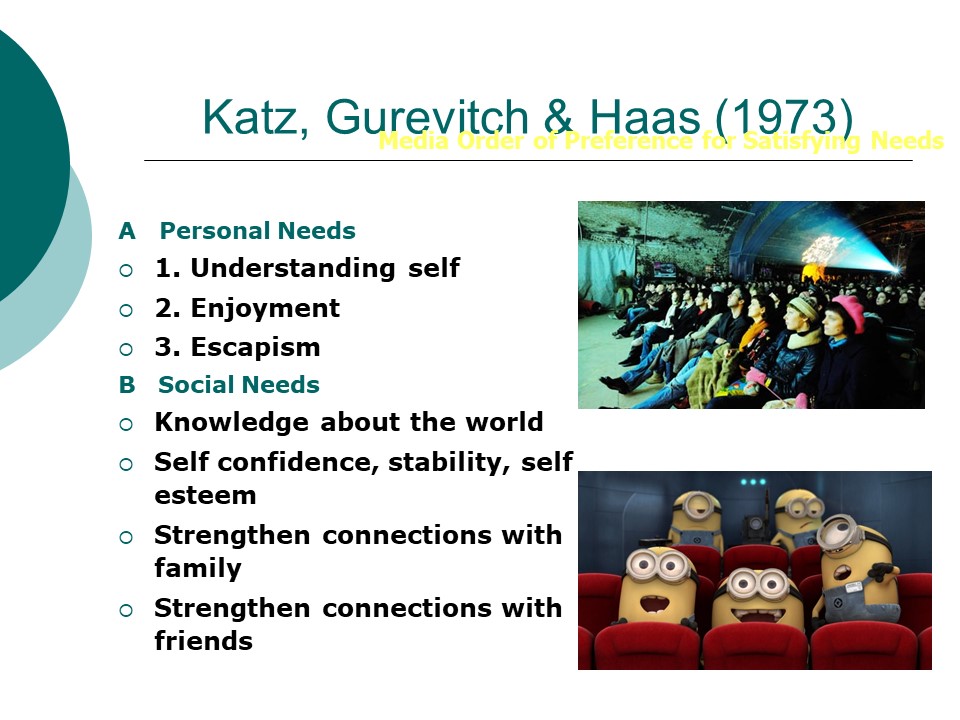
Hidden Figures is a 2016 American biographical drama film directed by Theodore Melfi and written by Melfi and Allison Schroeder. It is loosely based on the non-fiction book of the same name by Margot Lee Shetterly about black female mathematicians who worked at the National Aeronautics and Space Administration during the Space Race.
Hidden Figures had a limited release on December 25, 2016, by 20th Century Fox, before going wide in the United States on January 6, 2017. The film received positive reviews from critics and grossed $236 million worldwide. It was chosen by National Board of Review as one of the top ten films of 2016 and was nominated for numerous awards, including three Oscar nominations (Best Picture, Best Adapted Screenplay and Best Supporting Actress for Spencer), and two Golden Globes (Best Supporting Actress for Spencer and Best Original Score). It also won the Screen Actors Guild Award for Outstanding Performance by a Cast in a Motion Picture.
summery bullet points about hidden figure
- Initial Release: January 6, 2017 (Canada)
- Director: Theodore Melfi
- Awards: Screen Actors Guild Award for Outstanding Performance by a Cast in a Motion Picture (MORE)
- Nominations: Academy Award for Best Actress in a Supporting Role (MORE)
- Running Time: 2 hours 7 mins
- Budget Size: 25 million USD
- Box Office: 236 million USD
- RATING:
- IMDb- 7.8/10
- Meta-critic: 74%
- Rotten Tomatoes: 93%
- Google User: 94%
1.) What do you think was the appeal of this film to Fox studios?
I understand that the appeal for this movie was to use the theory known as Uses and Gratifications to educate and shine a light to viewers about the past discrimination at such big event in history, the space race.
2.) What was the appeal of this film to audiences?
I think the appeal was to make viewers more aware of events that would have transpired when the space race was happening and that was overlooked. This can link to the uses and gratification theory by Katz, Gurevitch and Haas by tending to the social needs and educating about the worlds history, or it can tend to the needs in the category of personal needs by helping viewers understand them selves more and there place in society, and how different life was back then.
3.) Do you think this film was a success?
the films budget started at $25 million and almost tripled in profit after being released so on the more corporate side of things I would say the movie was successful. however I would say that the movie in itself could have been more truthfully deciding on how accurate the film was going to be instead of adding in inaccurate scenes for the should purpose of drama.



